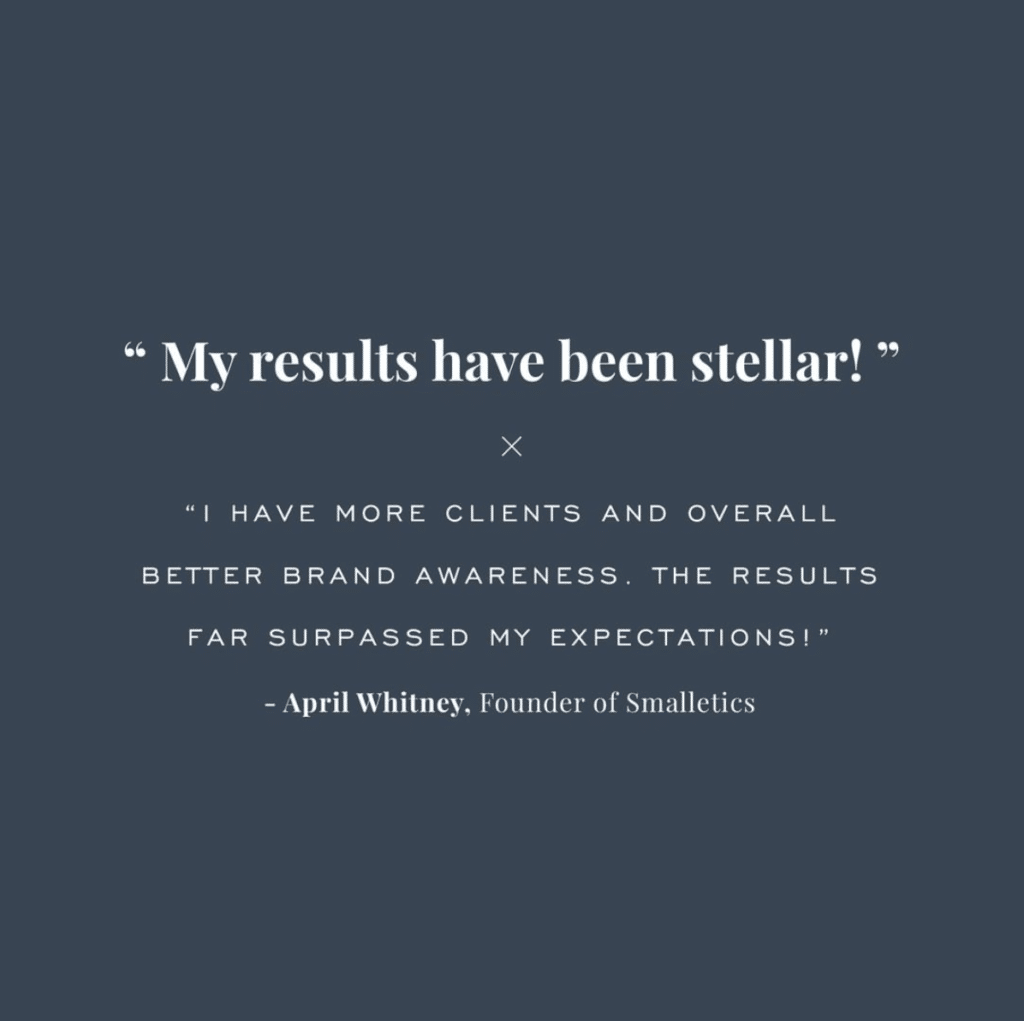“I like to kind of look at [ROI] as here’s my minimum…and here’s my maximum. Meaning, if my actual revenue divided by my actual spend is 1.5, then ads may be slowing down a little bit for me. And I just need to pump the brakes on ’em in general.”
Ryan Askins
Do you know which of your advertising platforms are bringing in the highest ROI?
…Or even whether your ads are bringing in ROI?
…Or even what ROI is? 😉
If not, no worries. Advertising attribution is a tricky topic, but we’re breaking it down for you in today’s podcast episode.
In this episode…
- [3:47] Ryan briefly explains how the 2021 iOS14 updates effected attribution
- [5:35] Ryan shares how much traffic Till Agency clients see coming from a mobile iOS device and how the iOS14 updates presented a challenge
- [7:46] Ryan defines what attribution is
- [8:34] Davey and Ryan discuss a scenario of how the iOS14 updates effected Facebook attribution
- [10:19] Are there any social media or advertising platforms that offer better attribution data?
- [15:12] Ryan explains the most simplest way to sorting out attribution post iOS updates
- [19.31[ Ryan shares what you can use to get more specific data for free
- [20:16] Learn how you can use your data to make adjustments to specific campaigns
- [28:02] Davey and Ryan explain why tracking tools like Hyros are worth the investment
Here’s what attribution is — and why it’s so critical to your advertising (and business) success.
What Is Advertising Attribution?
Attribution involves crediting an action to a particular source. Basically, it’s a way to know whether and to what extent your marketing efforts are providing you with a good return on investment (ROI).
Common “actions” in digital marketing include:
- Purchase
- Lead
- Webinar registration
- Page view
Common “sources” in digital marketing include:
- Click on an ad
- Click on an email
- Click on an organic Google search
- Direct website visit
So, in theory, attribution could tell you how many purchases you got from the $1,500 you spent on Instagram ads last month. If that number is much higher or lower than your typical customer acquisition cost (CAC), you can adjust your budget next month accordingly.
If you’re someone who likes to make decisions based on data — and hopefully, as a business owner, you do! — you can see how important attribution is to your marketing strategy (and bottom line).
However, things have changed since last year…
Why Has Attribution Changed Since Last Year?
You may be tired of us talking about iOS 14, but it really did impact a ton in the advertising world — especially when it comes to attribution.
Since Apple rolled out those iOS 14 tracking updates last spring, around 90% of users have opted out of sharing their data with platforms like Facebook.
And considering that, at least for our clients’ ad accounts, somewhere between 50% and 80% of traffic comes from mobile iOS devices, that’s a lot of people whom Facebook can no longer track — and whom you can no longer target or attribute ads to (at least as effectively).
For more context on all this, listen to our podcast episode all about iOS 14 and the impact it (still!) has on your ads.
Essentially, since the spring of 2021, the data in Facebook (and other platforms) has been muddied. It’s getting harder and harder to tell which platform — let alone which specific ad set or ad — contributes to the most conversions.
So, what’s an advertiser to do?!
Top 3 Ways to Dial In Your Attribution in 2022
Yes, you can still measure your return on ad spend (ROAS) in this post-iOS 14 world. It just takes a little more work.
Here are the three best ways to dial in your advertising attribution in 2022.
- Take your revenue and divide it by your ad spend. This is the simplest and most reliable (though least granular) way to determine whether you’re generating profit on a daily, weekly, or monthly basis. If you’re barely breaking even (or in the red), you may want to pump the breaks on your ads. Conversely, if you’re generating 2-3x ROAS (or more!), you probably want to scale your spend.
- Review the data in the ad platform itself. This method provides more specific insight into which campaign, ad set, and ad is performing best. (Ideally, you’re always testing multiple at a time!) Keep in mind the platform’s data limitations, especially post-iOS 14, and make sure you’re feeding it the most accurate data. For Facebook, for example, be sure your pixel and Conversions API are both set up correctly.
- Use a third-party tool. These tools, such as HYROS or SegMetrics, can help you see long-term ROAS across multiple channels, giving you a quick, transparent look at your overall advertising attribution. While those options require a fee (and we think they’re worth it), you can also use Google Analytics to track long-term data; it’s more difficult but at least free. Bear in mind that all these tools are all click-based, so if you’re looking for view-based metrics, you’ll want to visit the ad platform itself.
We hope that helps you measure your advertising results a little better in 2022.
Remember: knowing your ROAS can only help you make better decisions about where to allocate your budget — which can only help you grow your bottom line.
If you’re still confused, listen to our latest podcast episode, where Till Agency co-founders Davey and Ryan dive into the nitty-gritty details of advertising attribution.
About Davey and Ryan…
Davey’s superpower is making connections—whether it’s relationally (the kid loves to network) or connecting ideas. He obsesses over problems until they’re solved, and can’t help but constantly be testing out and learning new things. That’s okay with us because we know those attributes lead to innovation and making sure our client experience is on point.
We call Ryan ‘The Engineer’… mostly because he’s actually an engineer who has managed complex civil projects that result in roads and highways that thousands of drivers depend on each year. But also because he’s the one building campaigns, studying metrics, and putting together reports. Focused, diligent and wickedly smart, he’s exactly the person you want engineering your high returning ad campaigns.
Where to follow Till Agency:
Interested in working with Till Agency?
Schedule a free discovery call to learn how we can serve your business!







